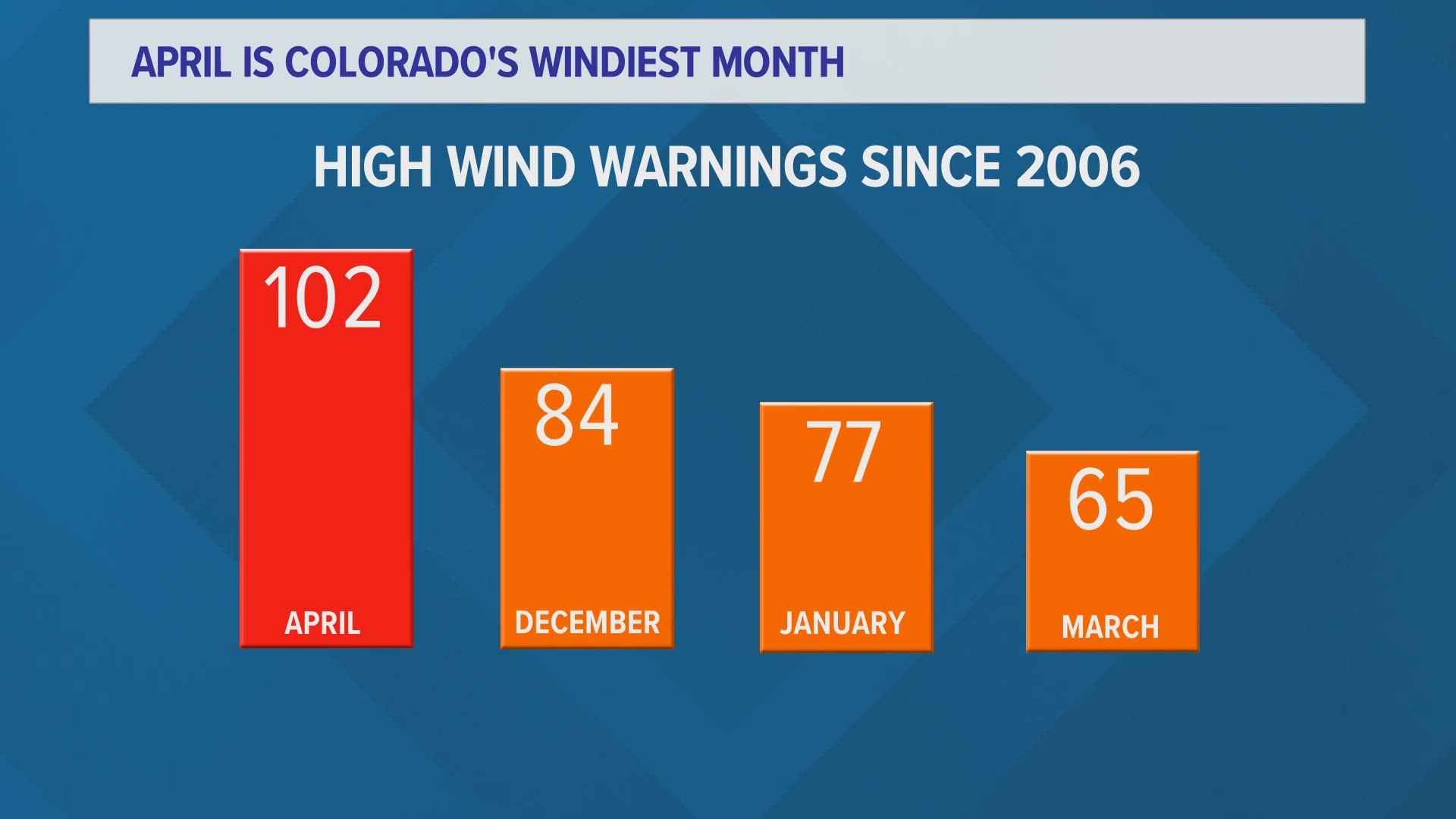It’s a disaster double-whammy. Wildfires followed by a mudslide. It's a common, one-two punch from Mother Nature.
We have seen this many times in our Colorado. South Canyon or Storm King Mountain in 1994, and Waldo Canyon into Manitou Springs in 2013 being some of the bigger ones.
Wildfire transforms the physical makeup of a hillside.
Vegetation helps hold the soils in place. The more intense the temperature of the fire, the more vegetation will be consumed.
The U.S. Forest Service was still in the process of determining the burn severity of these fires when the mudslide occurred.
In the case of this recent mudslide in California, it occurred just weeks after fires burned through the area.
Matt Morgan, a senior research geologist with the Colorado Geological Survey at the Colorado School of Mines, told 9NEWS that a debris flow can occur immediately after the fire, and the threat of slides continues for several years after the fire.
Morgan also said that an intense wildfire can also render the soil 'hydrophobic'. A kind of glaze or waxy coating develops on the burned surface. This prevents rainfall from soaking into the sediment, instead it all pools at the surface and gravity brings it down the slope.
This type of mudslide is actually called a post-fire debris flow, because the contents of a slide is made up mostly of water, and debris from the fire, like ash, wood chips, and burned logs.
This type of flow is highly viscous like a flash flood of water, so it can easily moves boulders and other large objects like vehicles.
In the end, it is a cement-like slurry that makes for a difficult cleanup when the water settles.


